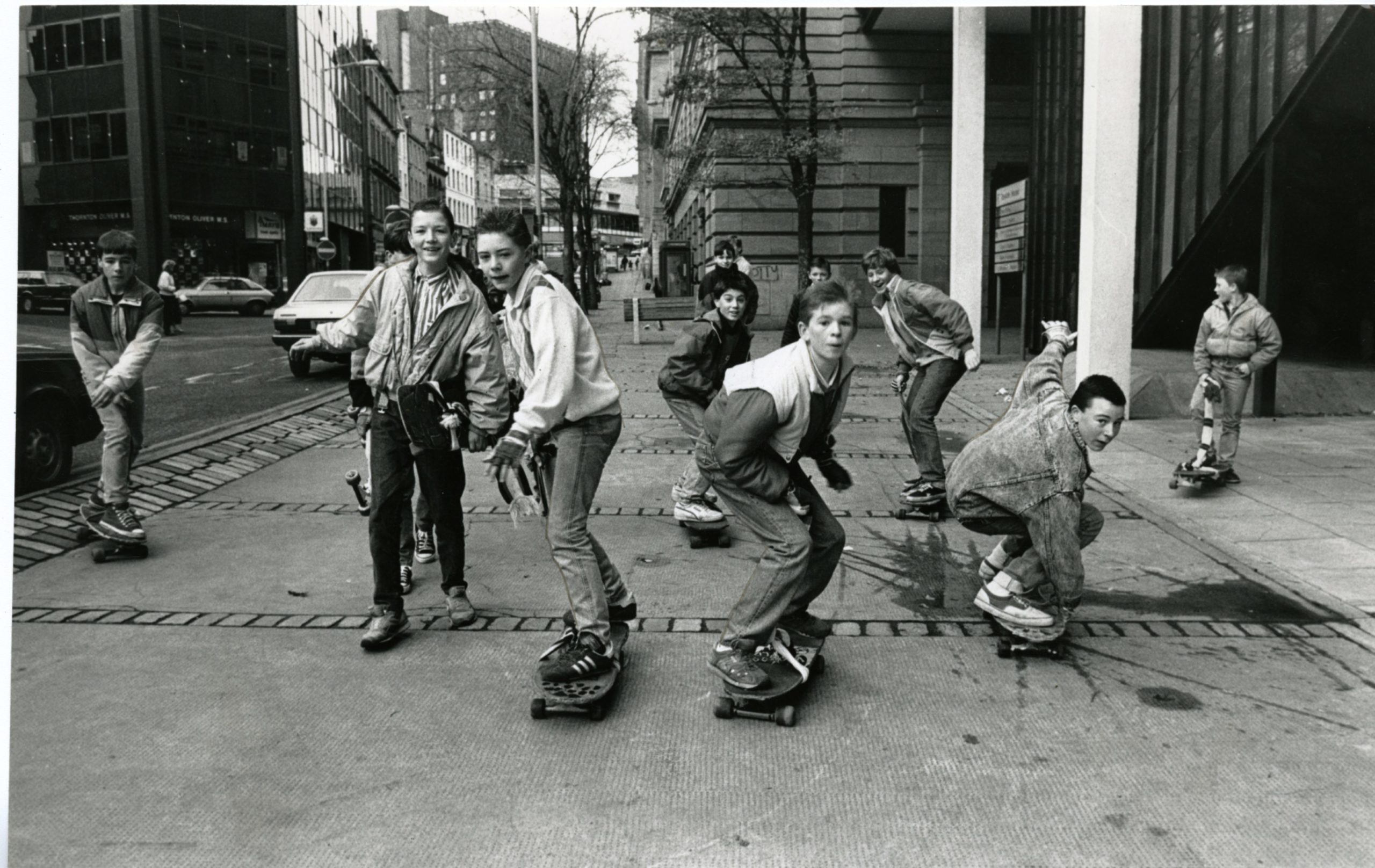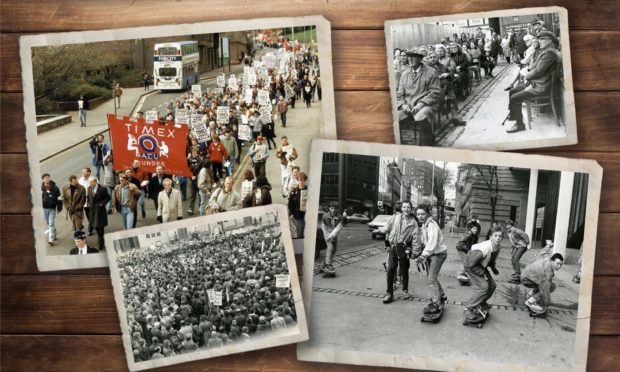Dundonians as a whole are known for not taking a back seat when it comes to something they believe in.
From fighting against unemployment to ensuring community spaces such as public libraries are open for years to come, Dundee isn’t afraid to hold a protest or two.
Today we take a look at some of the protests and demonstrations held over the years, and the subject matters behind them as folk in the city ensured that their voices were heard.
Taking a stand (or seat)
Proving that not all protests have to involve marches or crowds standing on the streets, these protests made their stand by taking a seat.
Almost 100 people attended an open-air meeting in Flight’s Lane, Lochee to protest against the “stockade” erected in the High Street in September 1973.
The wooden fencing had been erected around the Hallmark development site on the west side of the High Street with the meeting being called by Alex Smith whose store was one of the few remaining buildings on the same side.
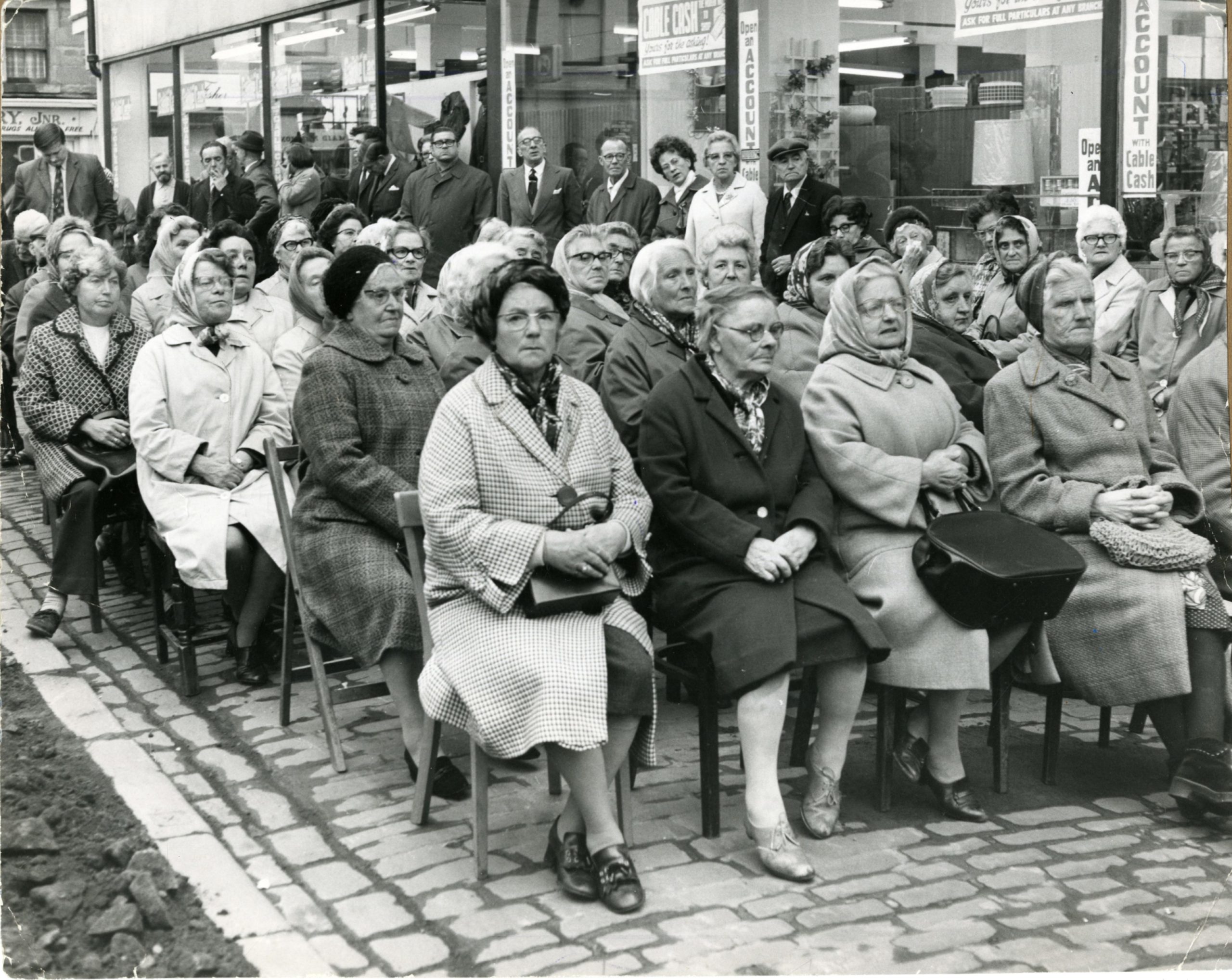
A group of the local residents got together at the Menzieshill Church Hall in November 1982 to protest plans against the new high tech park which was being planned.
Dundee Technology Park was of course given the go ahead with units opening in 1984 however measures were put in place only allowing certain “non-polluting” businesses could occupy units in the “high amenity” area. The rules stayed in place until March 2019.
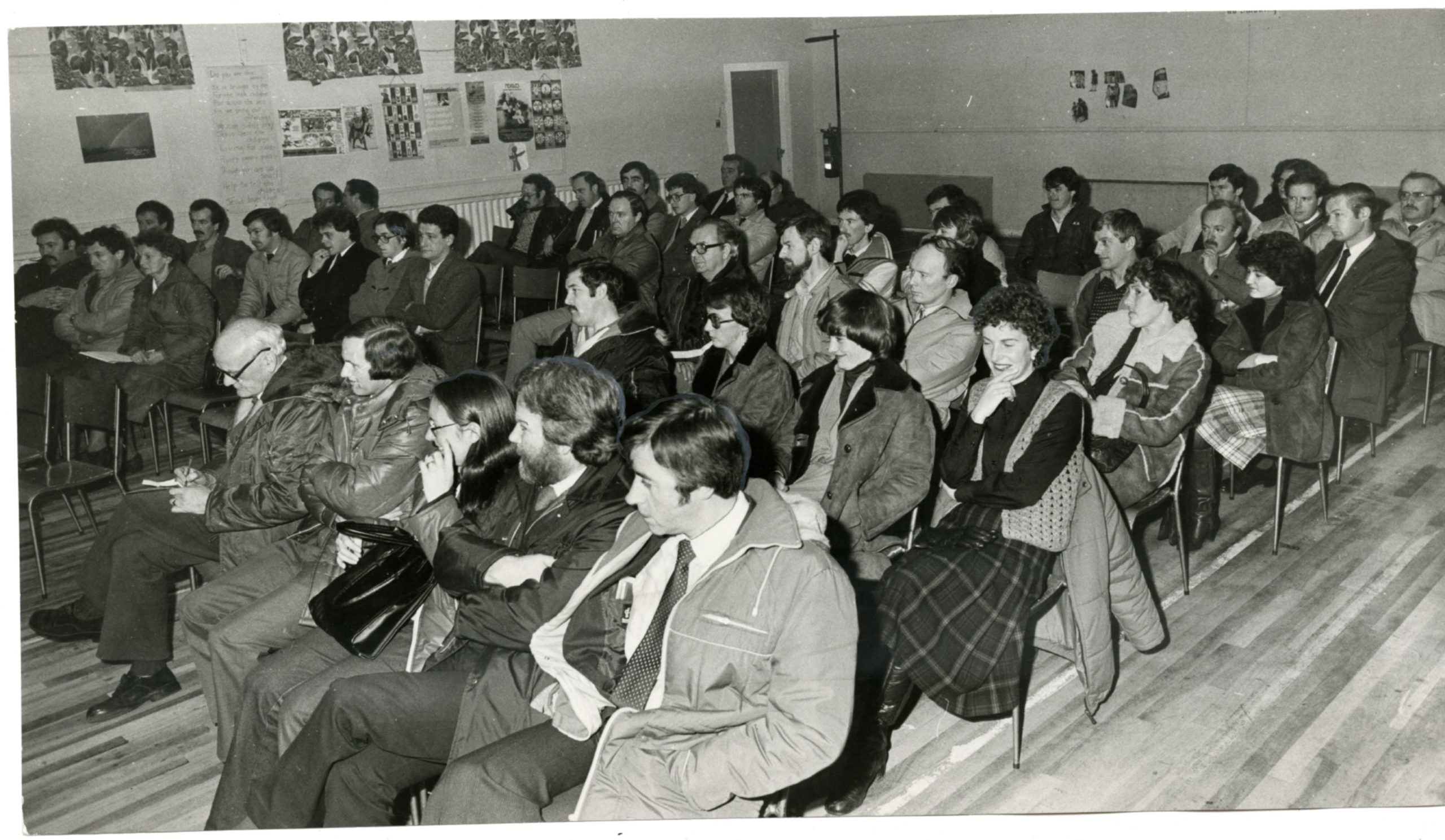
Students at Dundee College of Education took part in an overnight sit-in at the administration offices in November 1986 as they protested against a newly published report which proposed a merger of Dundee and Aberdeen colleges which the students said had “confirmed their worst fears.”
The colleges were to be merged under a single governing body and in 1987 the College merged with the Northern College of Education based in Aberdeen.
In 2001 the two campuses of the Northern College, in Aberdeen and Dundee, were merged into the University of Aberdeen and the University of Dundee respectively.
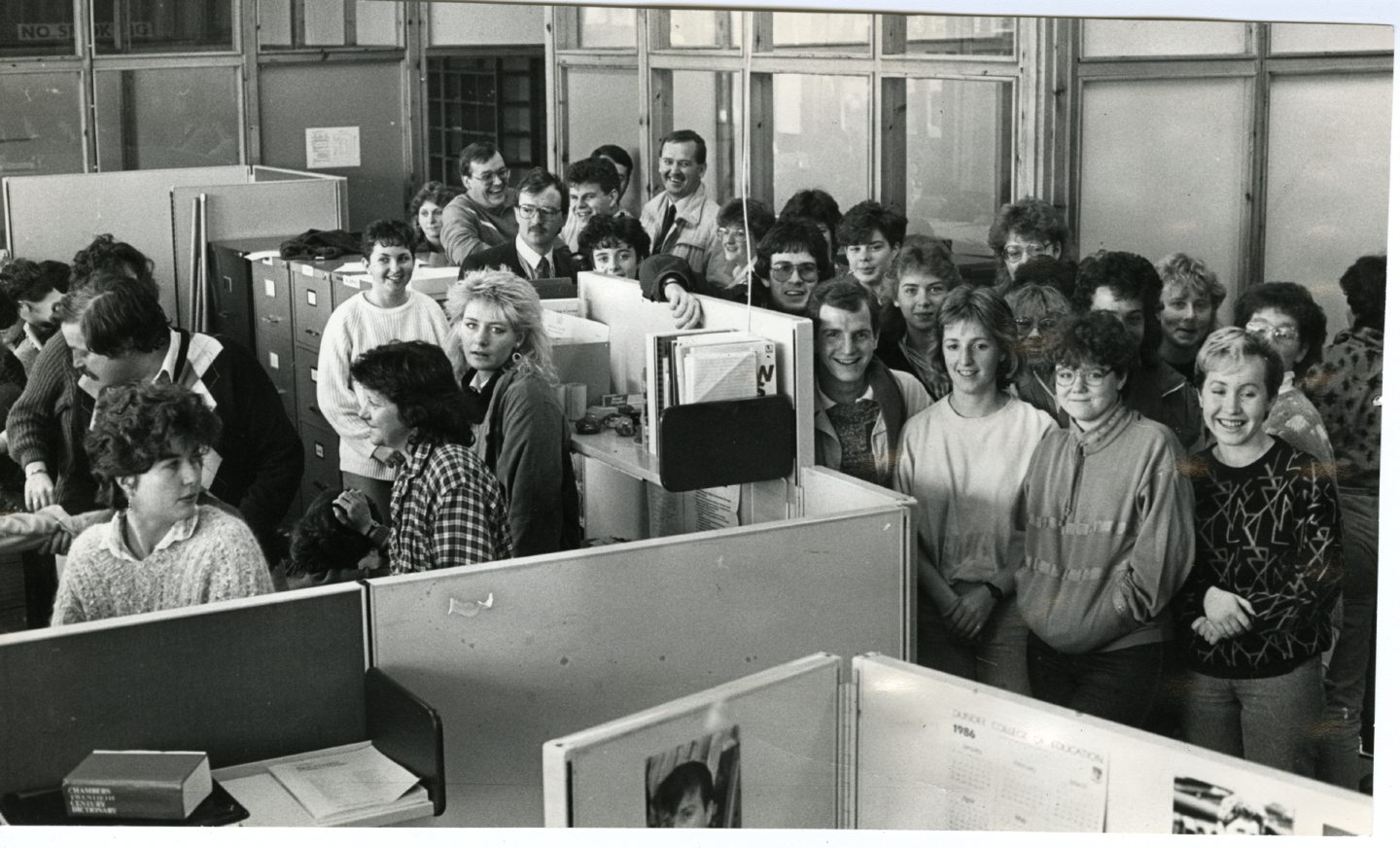
Love not war
For years the nuclear weapons held within Scotland have been a major point of contention even to the present day.
Here in May 1963 demonstrators can be seen campaigning for nuclear disarmament at the Civil Defence Parade in Dundee. Banner carrying demonstrators are seen being kept back by the police.
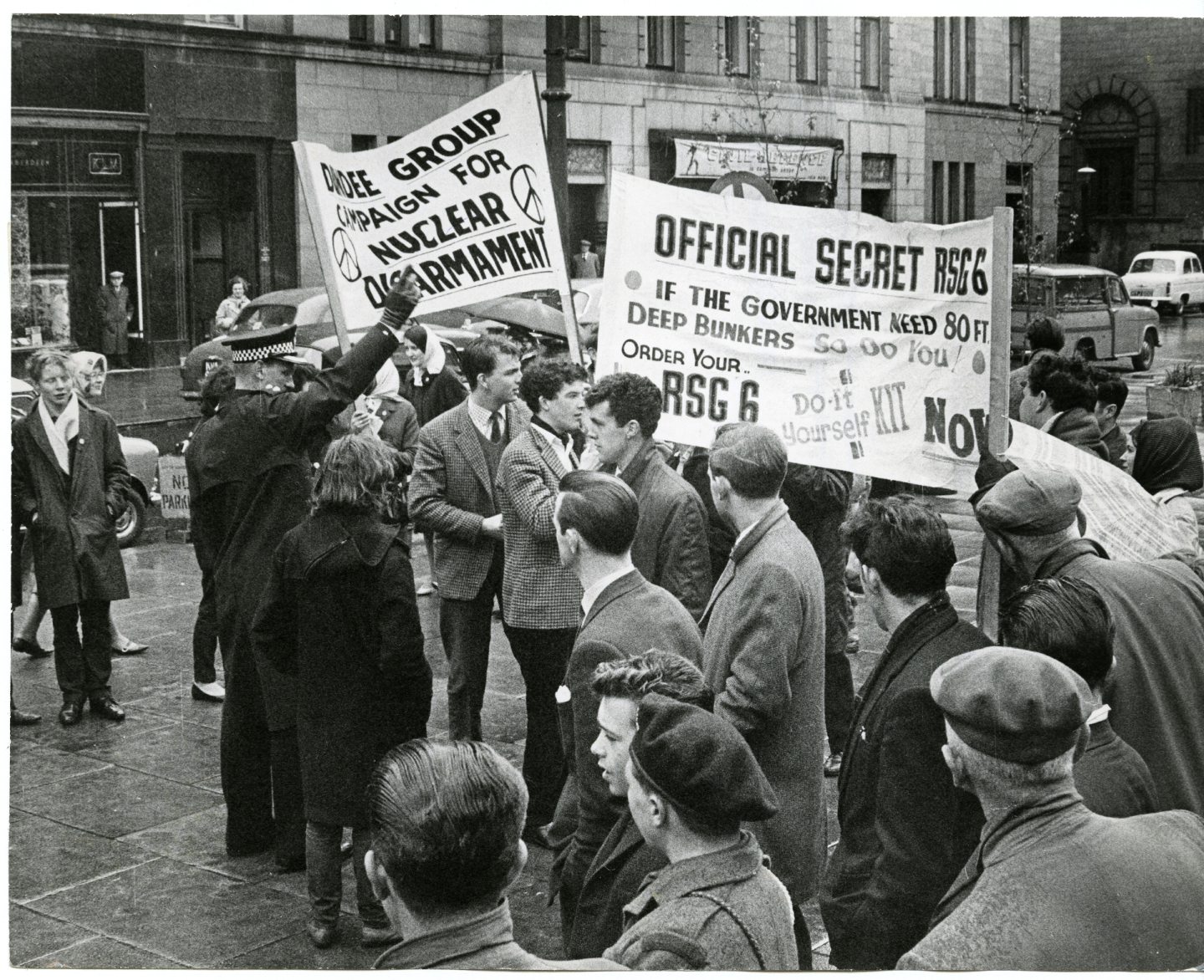
In March 2003, British troops took part in a coalition invasion of Iraq and after a month of fighting, they overthrew Saddam Hussein’s regime and occupied the country. But it would be a further six years before Britain’s combat operations came to an end.
News of the country going to war was a matter of great controversy and saw protests up and down the United Kingdom.
Here in March 2003 members of a number of political parties took a seat in the streets of Dundee to show demonstrate against the conflict.
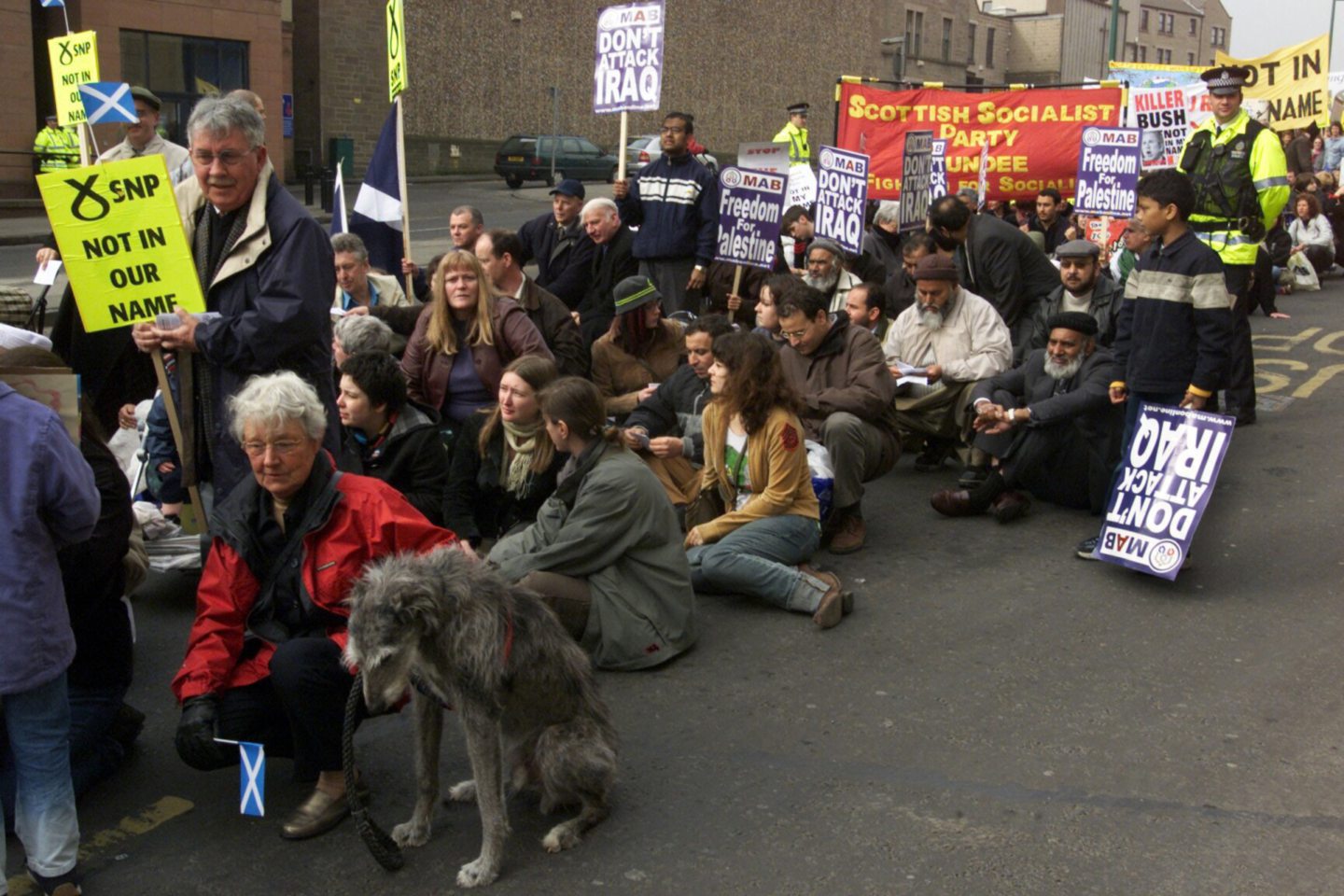
Employment and unemployment
Employment, or rather challenges with gaining employment and support for employees has always been one of the major factors behind some of Dundee’s biggest and most notorious demonstrations.
The highly emotional protests have been covered by local and national media for decades with just some featured below.
Pictured in December 1980 over 300 Dundee workers converged on the City Square in a demonstration against government policies and rising unemployment within the city and also further afield. The early 80s was infamous for the great recession which hit the manufacturing industry in particular, an industry that Dundee relied heavily on.
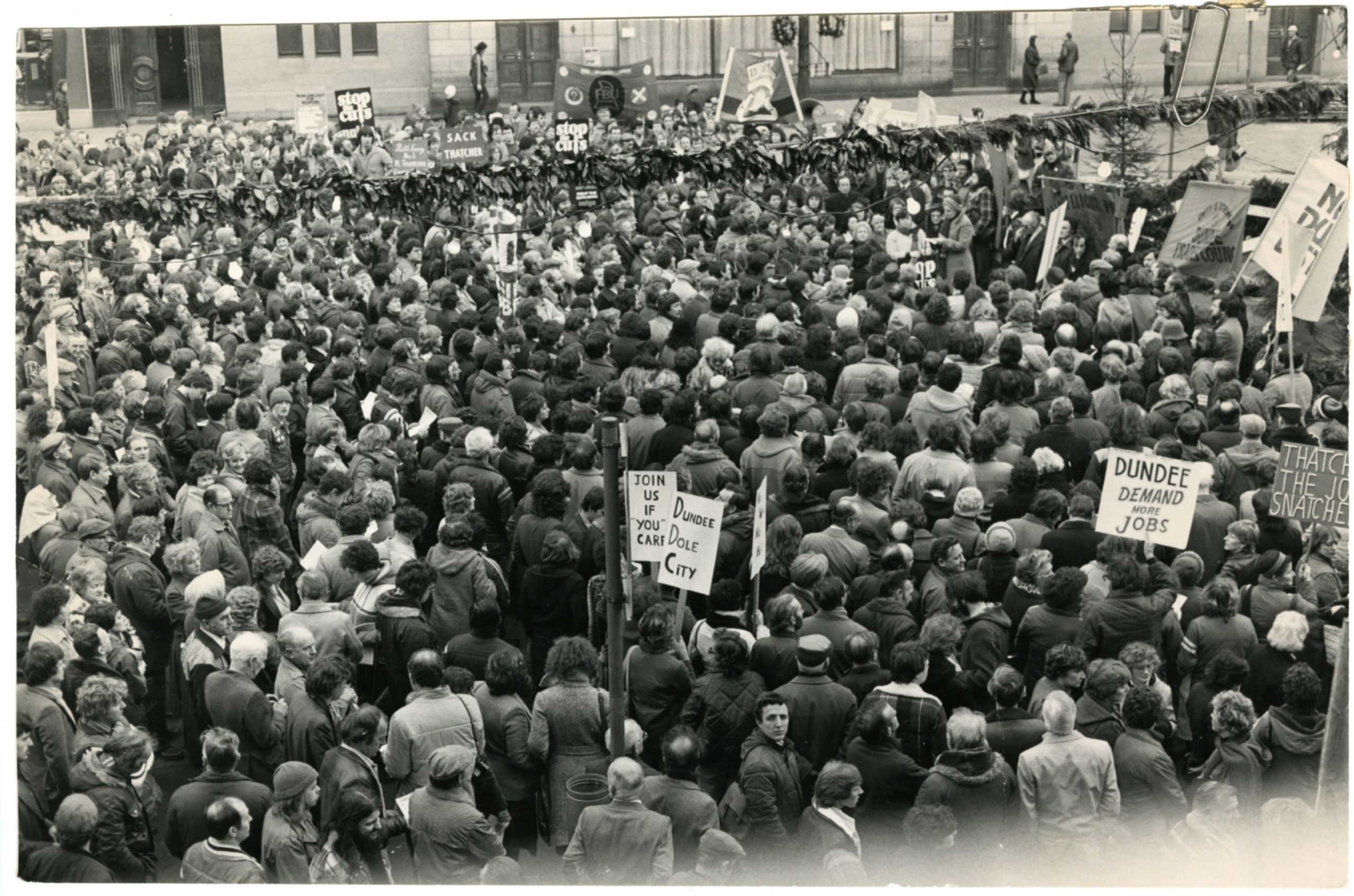
Despite the first protests against closures to Dundee’s Timex occurred more than 25 years ago the scars still run deep in the city.
Furious Timex workers, mainly women, had downed tools and launched their strike after management announced the loss of 110 jobs and singled out many trade union officials.
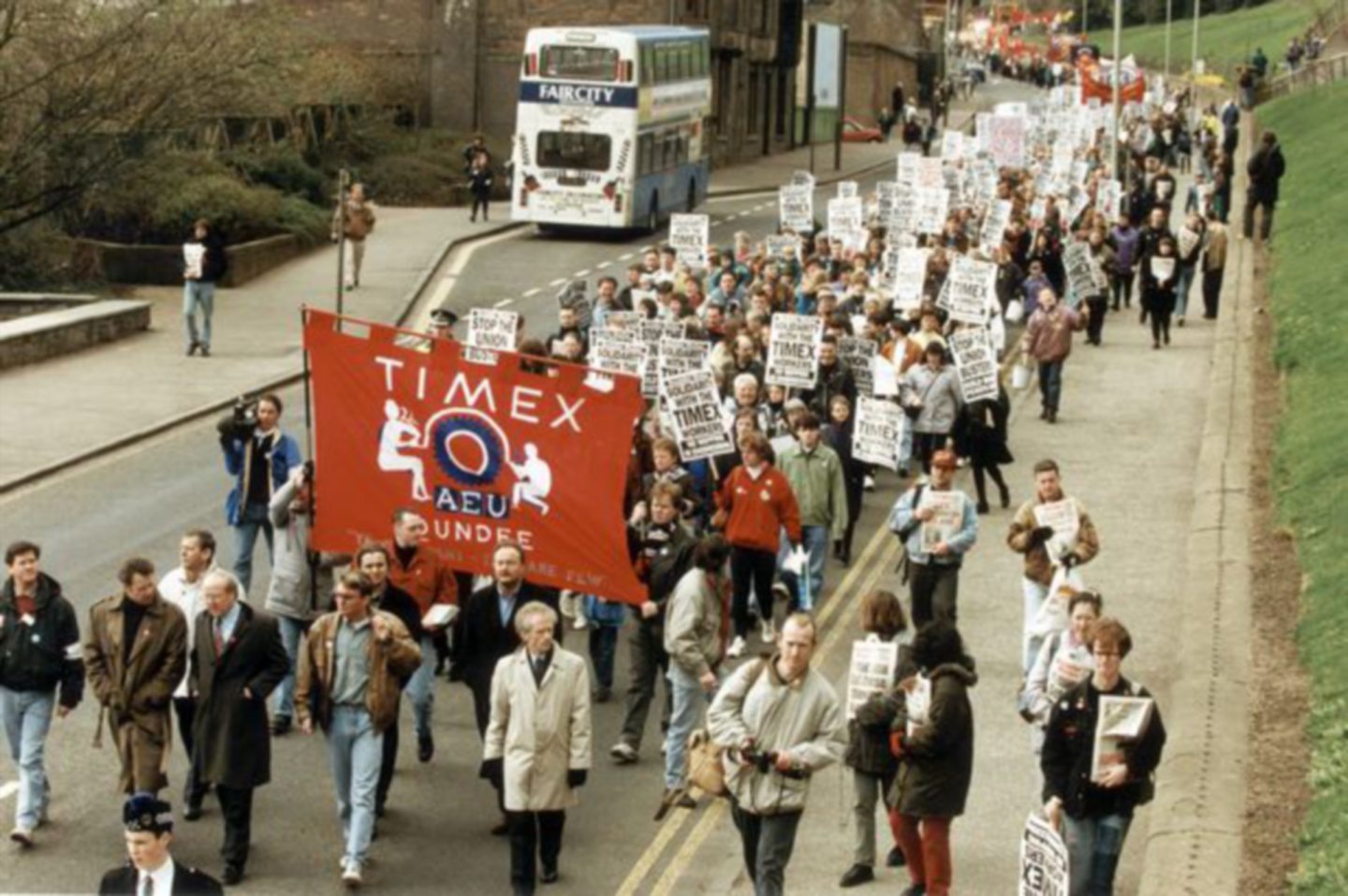
The strike started in January 1993 and became national news with hand-to-hand struggles, arrests and reports of intimidation of “scab” workers at their homes.
The American business originally came to Dundee in 1946, beginning with 11 employees in a converted farm building.
But at its peak, in the early 1970s, it was employing about 7,000 people and back then almost every child’s first wristwatch was a Timex.
The strikes continued throughout the first half of 1993 with some violent scenes described as the worst seen since the miners strikes in 1984, with the factory closing for good in August 1993.
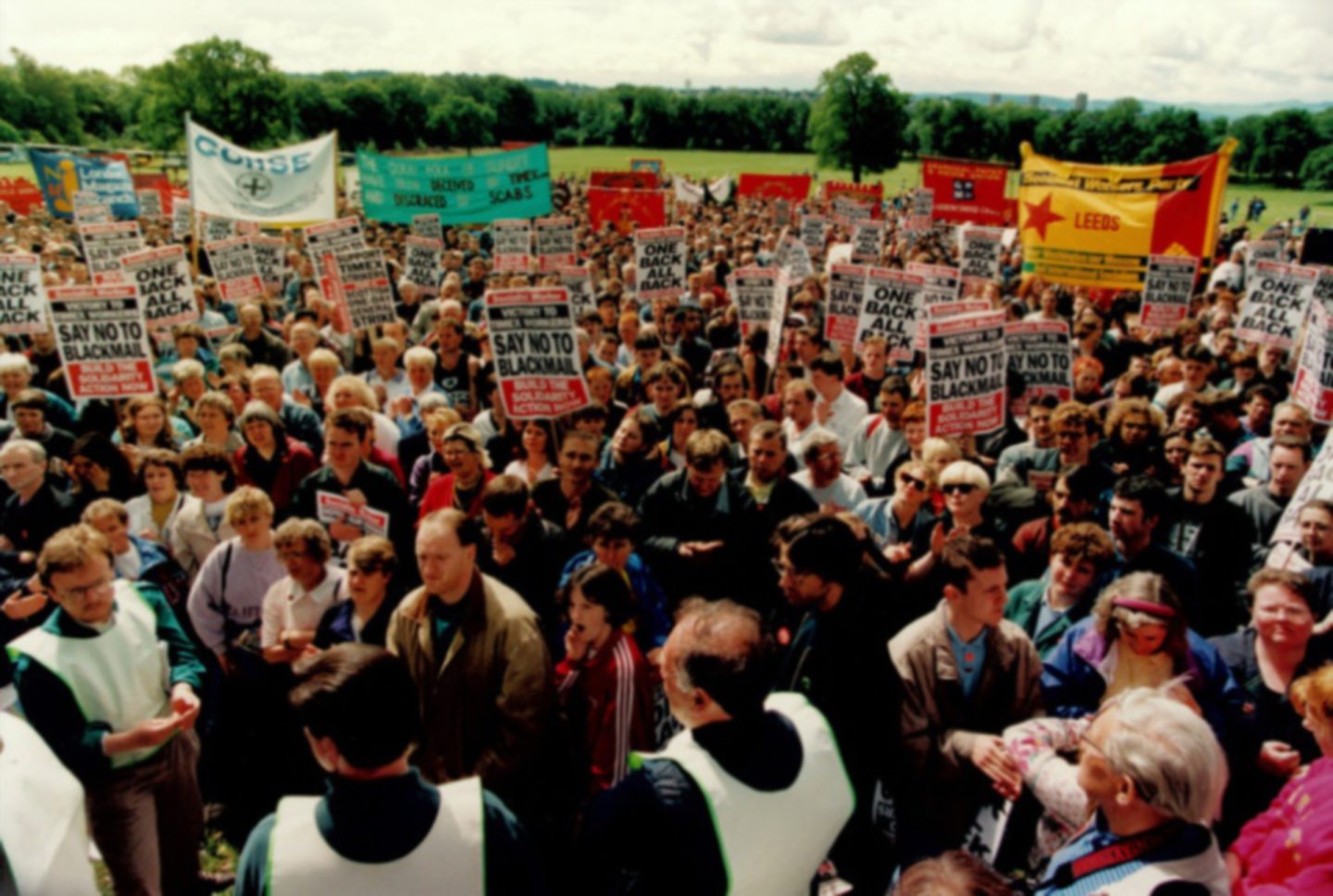
Another closure which affected many families throughout Dundee and the surrounding areas was the closure of the Caledon Shipyard which had been operating in the city since the late 19th century.
Shipbuilding in the UK faced increasing world competition in the 1960’s and large scale rationalisation took place resulting in the Caledon company joining Henry Robb of Leith to become Robb Caledon in 1968. The last vessels at the Caledon Shipyard were built in 1980.
Throughout 1981 protestors lined the shipyards fences as can be seen below and demonstrated around the city in attempts to stop the closure which unfortunately proved unsuccessful and after building a total of 509 ships, plus 20 barges and 34 launches, the shipyard was shut.
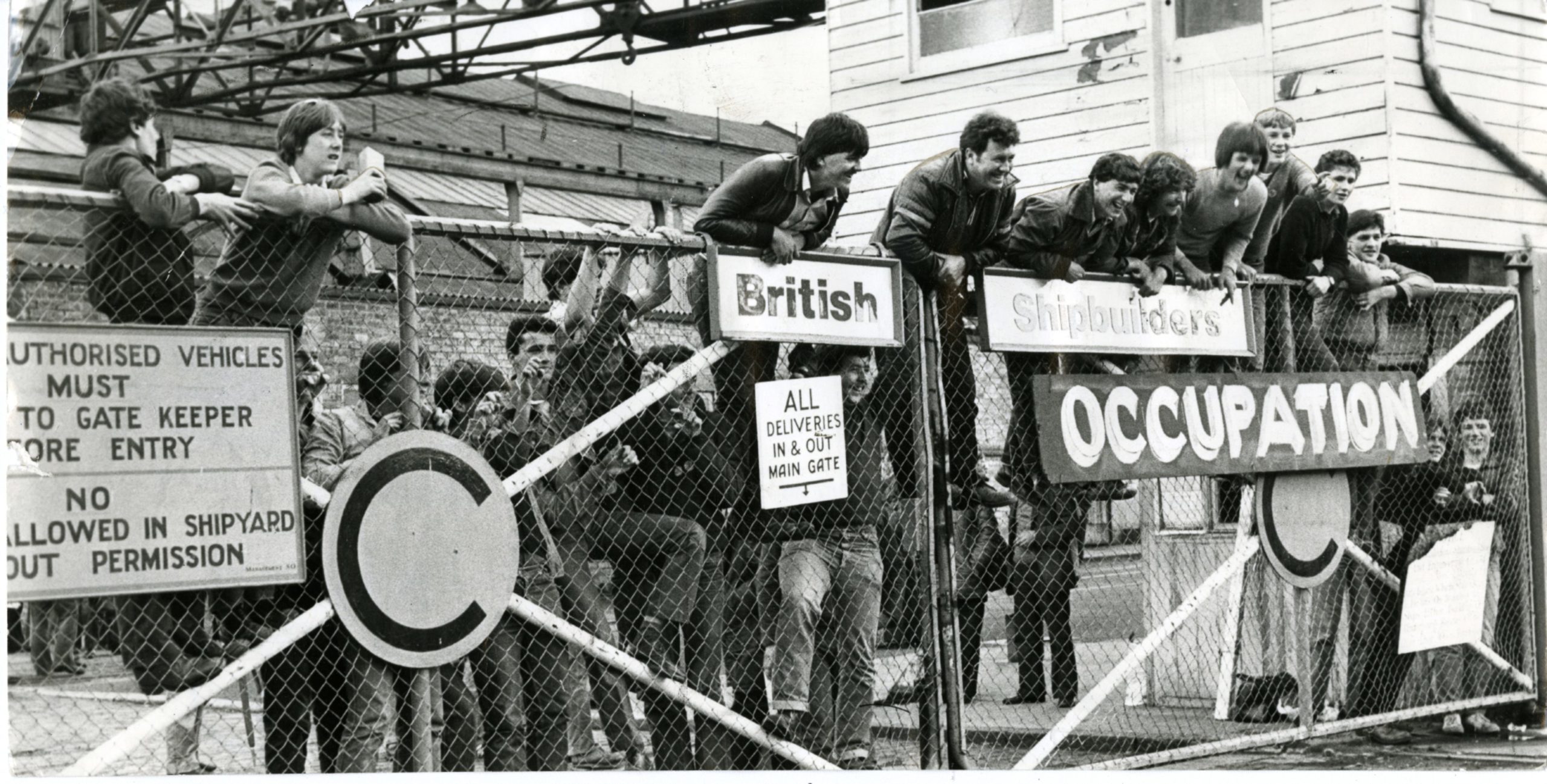
It isn’t an unusual sight even to this day, posties taking to the picket line to show their dismay at a number of issues from pay to working hours.
Here a group of postmen are seen leaving the General Post Office to resume deliveries after a strike, which lasted approximately six to seven weeks from February to March 1971.
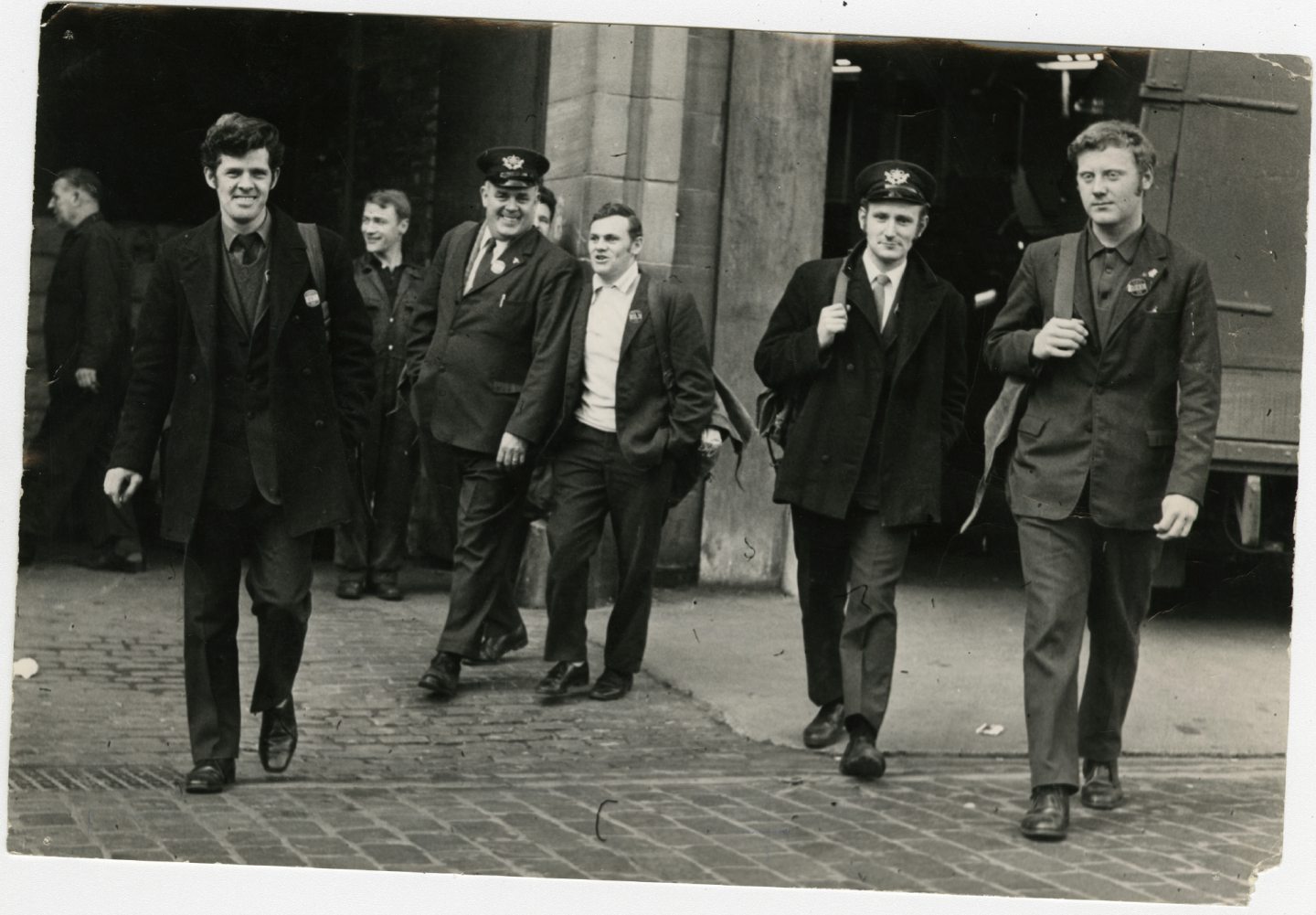
Tayside Police were called in to action throughout Dundee in June 1981 as ambulance workers held a 24-hour strike.
Officers can be seen below using the force’s vans to transport a patient who was involved in a 999 call during the strike.
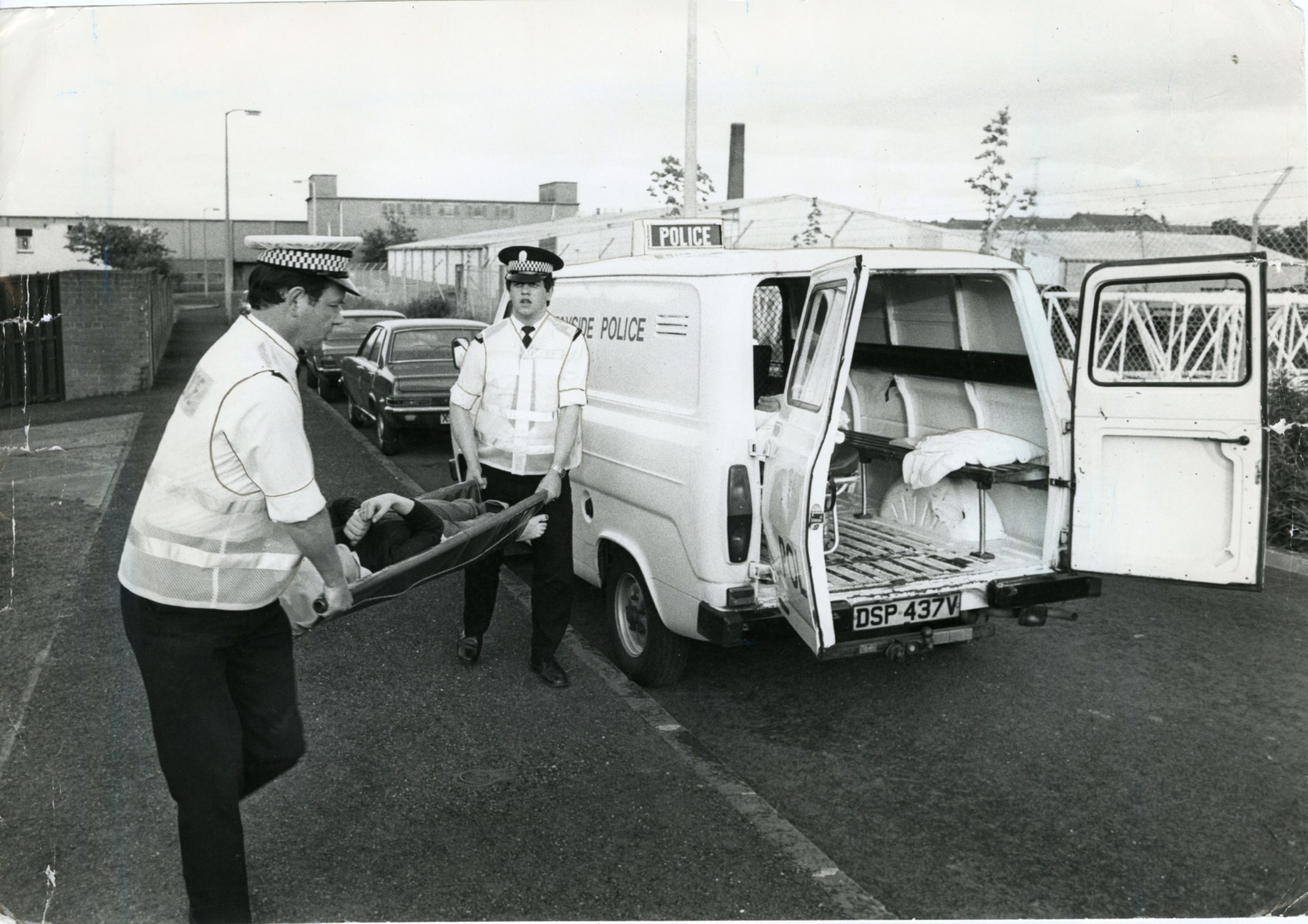
Children are our future
It hasn’t been only adults getting involved with making sure what matters to the community is heard though, there have been plenty of youngsters taking part for what they believe in.
Parents and children protest at Gillburn Primary in August 1996 over plans to merge the school with West March Primary. Unfortunately it didn’t work though and the two were merged to form Sidlaw View a few years later.
Gillburn was built in the early 1950s costing precisely £69,920.
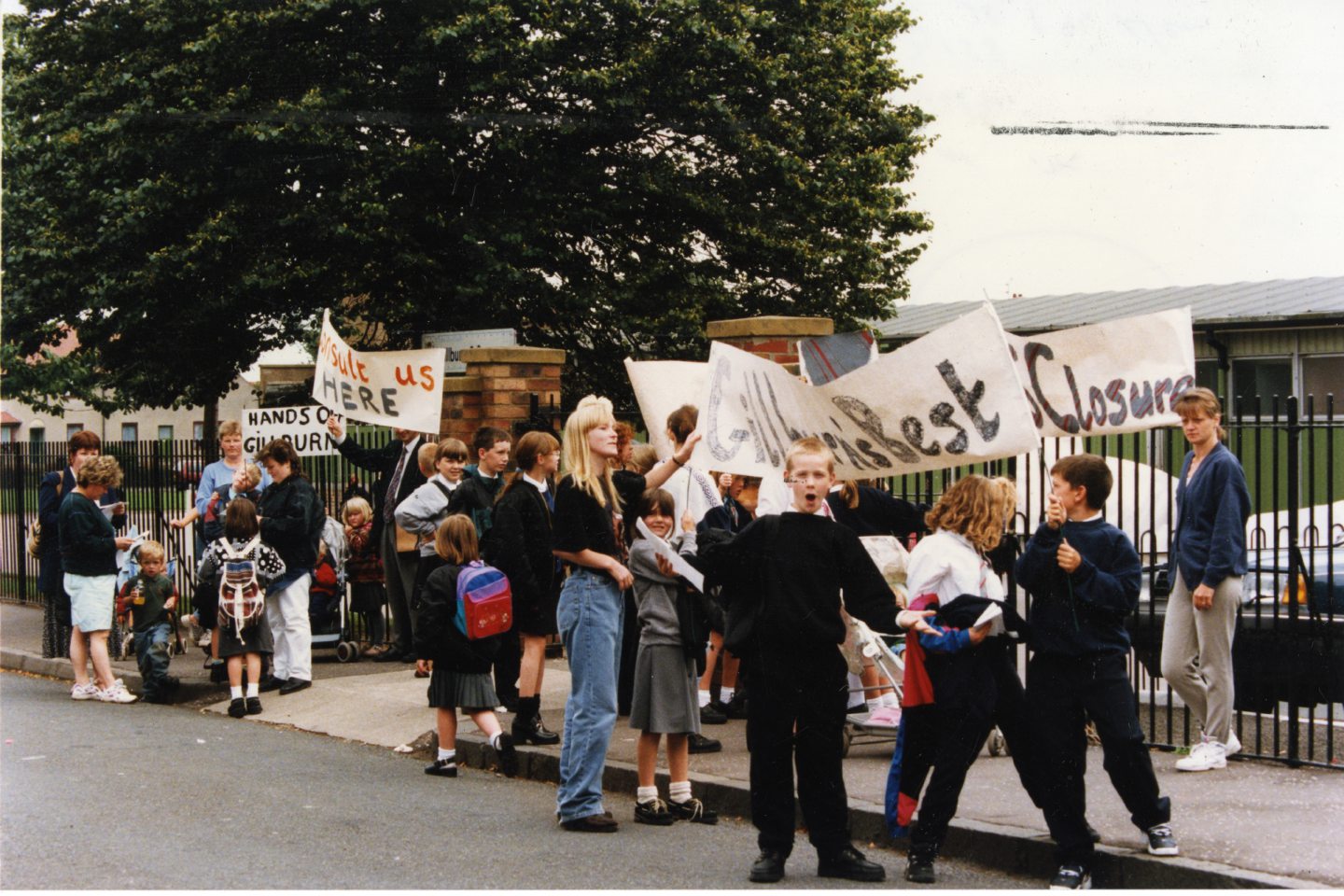
Libraries have often been an incredibly important part of local communities. Residents both young and old in Broughty Ferry were campaigning to save the area’s library after it was threatened which closure – around 50 people turned up in August 1981 with their placards in tow.
In 1981 the Broughty Ferry Library Action Committee led a campaign to keep their library open. As a result of legal action by the committee, the library could only be closed by pursuing further action in the courts and so remained open.
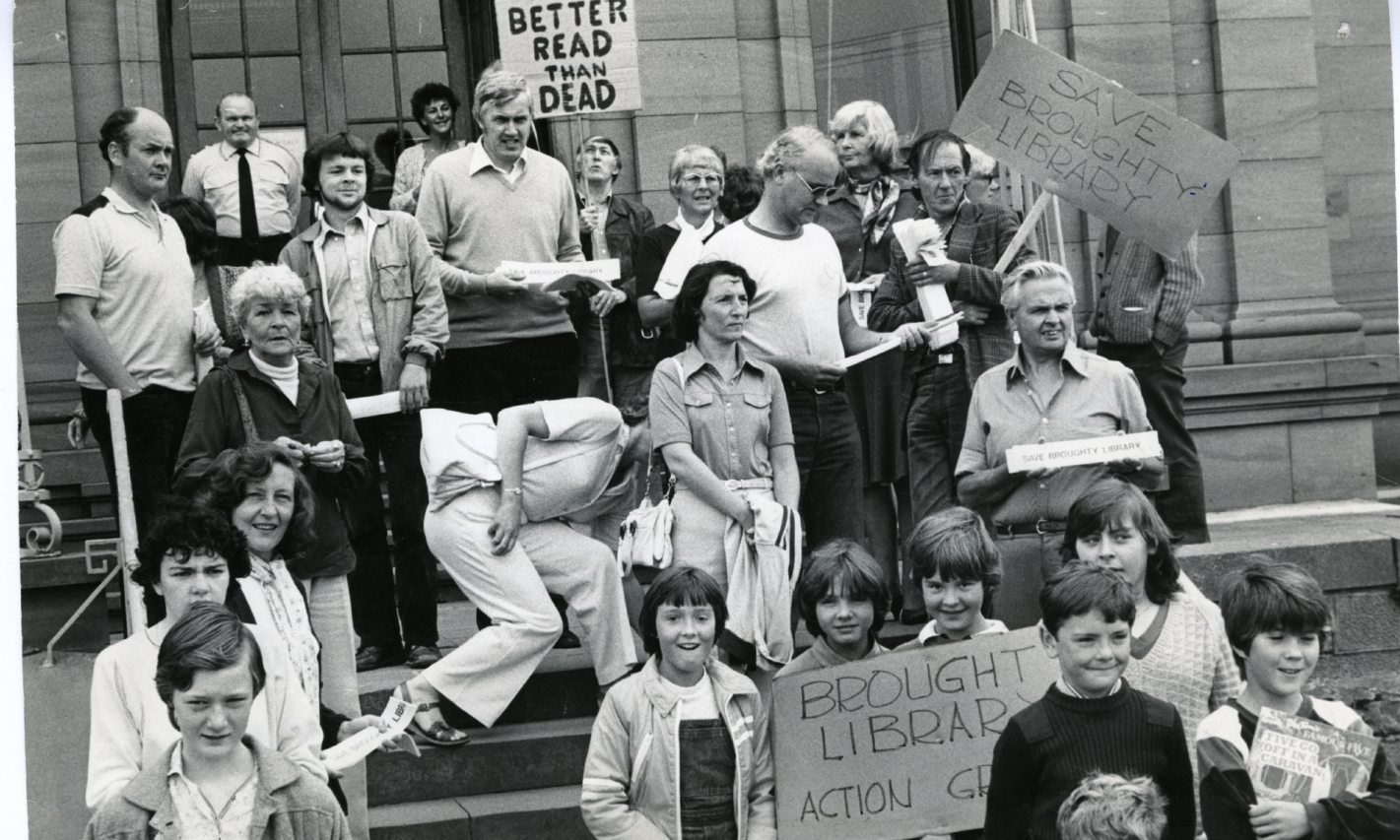
And finally, these kids have probably the coolest protest transport that we have seen to date in December 1987.
The skateboard protest was held at Tayside House as they showed off their skills after skaters around the city centre came under fire for becoming nuisances.
